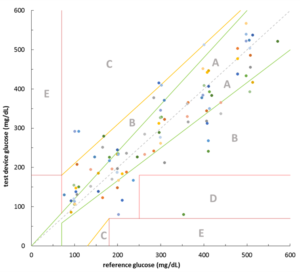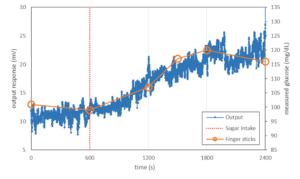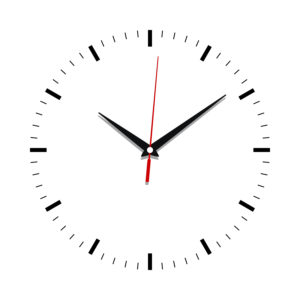Problem/Solution
The determination of glucose levels in the blood is painful, costly and error prone. Various attempts have been made to provide a true non-invasive measurement of blood glucose. These include efforts that either misinterpret or mis claim non-invasive (to minimally invasive) and/or blood glucose (to interstitial glucose). When the constraints above are enforced along with the criteria of a method strongly rooted in physics, the list is greatly shortened.
Socrates Health Solutions has pursued this with an applied focus on fundamental physics without the lax hand-waving often found in the space. The sensor is based on centuries of proven study into the optical polarization properties of glucose in solutions. Socrates has found and developed a unique development path that has allowed us to apply this technique through tissue to provide a direct measurement of blood glucose in a truly non-invasive manner.






